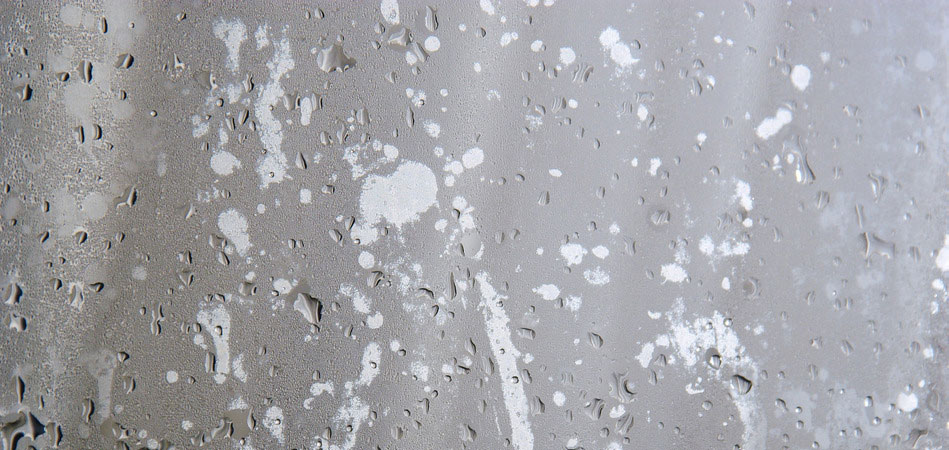As a letting agency, you need to be aware of the dangers of mould on your property. it’s not news that Landlords who ignore the signs of mould may find themselves short on tenants. CAUSE Mould usually occurs as a direct effect of condensation, which is, in turn, caused by poor ventilation. Fungi generally favour damp conditions, and with little light and air movement there is nothing to discourage their growth. It usually appears in corners of external walls, behind furniture, bathrooms – anywhere very high humidity is a constant feature, as well as low temperature as compared to the rest of the property. The presence of mould is a strong sign of condensation, even if no other signs were seen.
WHERE Apart from the areas listed above, mould is often found in wardrobes, especially if those are built-in to external walls and/or lack ventilation. It is usually easy to wash it out, however the famous musty smell will penetrate all cloths, even if not directly affected. It may also be found in roof voids and under the floor.
HEALTH Usually black spot mould is not notably dangerous to humans – most homeowners will remove it promptly, before it gets chance to spread and spore. However, if you have any respiratory conditions, or are prone to those, then the spores are likely to aggravate them. Fungi spores are tiny airborne particles, much like pollen or dust, and are inhaled constantly by anyone in the vicinity. A healthy person may not always notice, but an asthma sufferer will. Symptoms are cold-like: runny/blocked nose, unpleasant sensation in the throat, cough, even fatigue and lack of concentration.
REMOVAL The easiest way to remove the actual mould is to thoroughly wipe the surfaces with a mould cleaner. You have to be careful, as the latter often contain bleach, which may cause discolouration to surfaces.
RECURRENCE Mould will return, usually promptly, unless the cause of humidity is removed. Any leaks must be repaired, ventilation improved.
Suggestions For Tenants For Reducing Black Spot Mould
Black spot mould requires water to grow. You create water vapour by cooking, bathing, showering, drying clothes, breathing and also by the temperature in the air. You can control and reduce the water vapour in your home and therefore, help control the growth of black spot mould.
14 ways to reduce condensation in your home, mostly for free
- Keep the bathroom door shut when the room is filled with steam.
- Open the windows to remove large amounts of water vapour – remember this can let cold damp air in, so close the door.
- Don’t push the water vapour into the rest of the house – shut the kitchen or bathroom door when the window is open.
- Do not use a clothes horse in the winter.
- Do not use the radiators to dry clothes in the winter – the water vapour will be held in the air.
- Don’t have too many people for the space available – large bedrooms are designed for 2 people, small bedrooms are designed for one person.
- Keep the temperature below 25 degrees centigrade.
- Preferably keep the temperature below 23 degrees centigrade – higher temperatures allow more damp to be held in the air and allow damp to travel further.
- Open the air vents so long as it is warm enough.
- Open the trickle vents on your windows.
- Open your windows on dry days.
- Close the windows on wet days.
- The outside air will still be dryer on cold, dry days – let the damp air leave the house on dry days, this may only take a few minutes after cooking.
- When you batten down the hatches in the winter, think about how much water you are creating and trapping in the house, this is why the condensation and mould problems get worse in the winter.
Black mould growth inside your home
Mould needs water to grow. The water is supplied by a regular creation of condensation in your home, by you. You can control the amount of water you create from cooking, showering, bathing, drying and by controlling the temperature in your home. The black spot mould can be cleaned off the surface of painted walls using normal household cleaners. You should remove the mould wallpaper from cold external walls that are prone to mould as the paper will act as food source for the mould.

